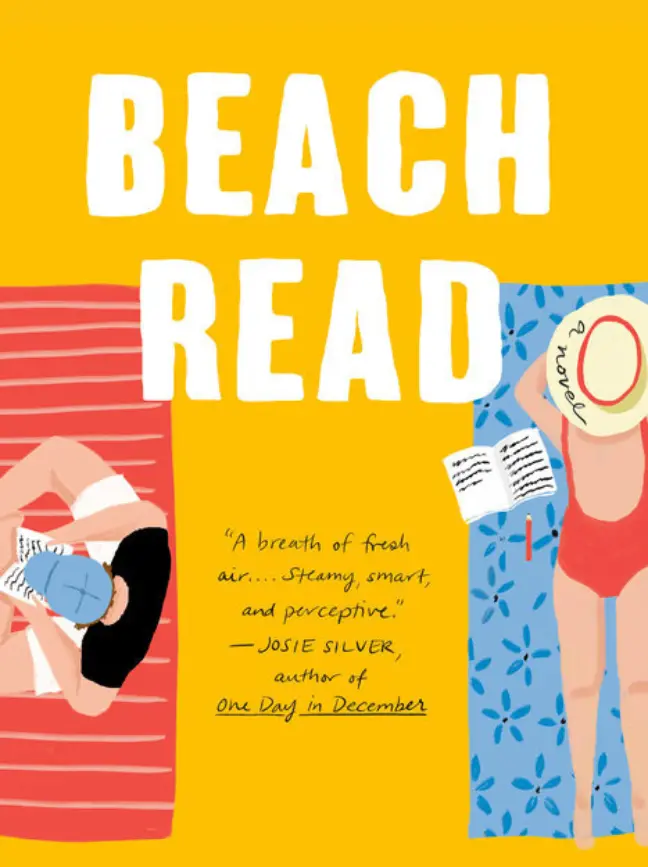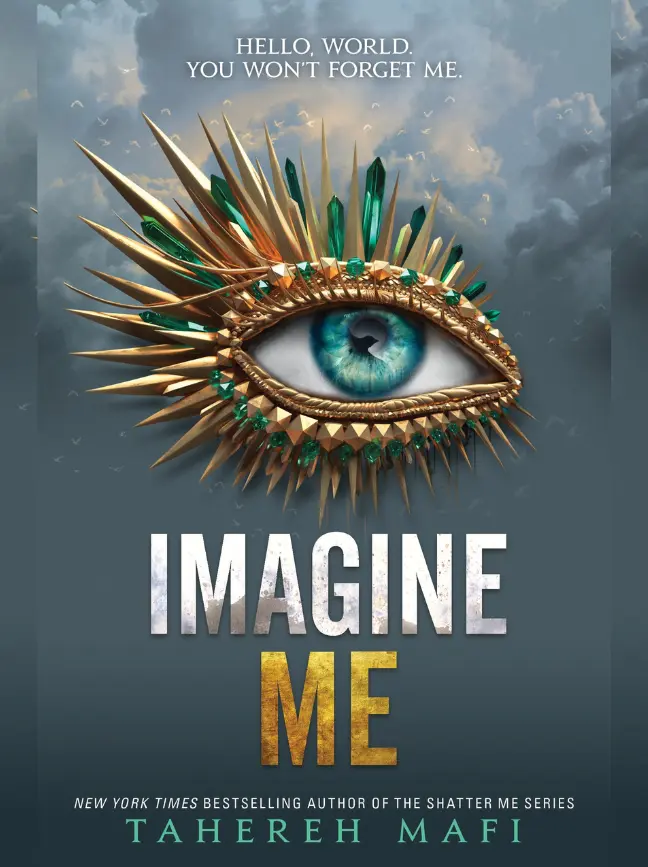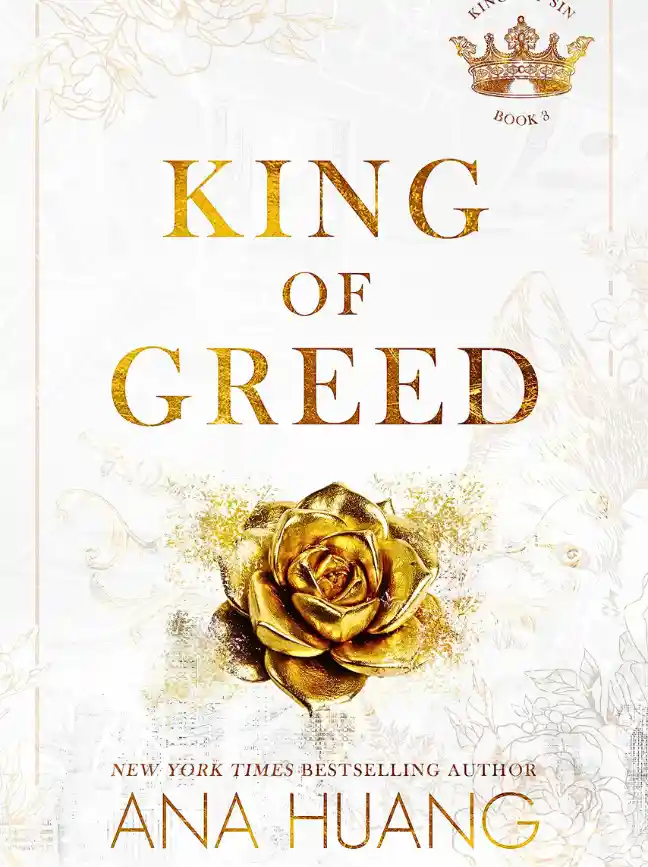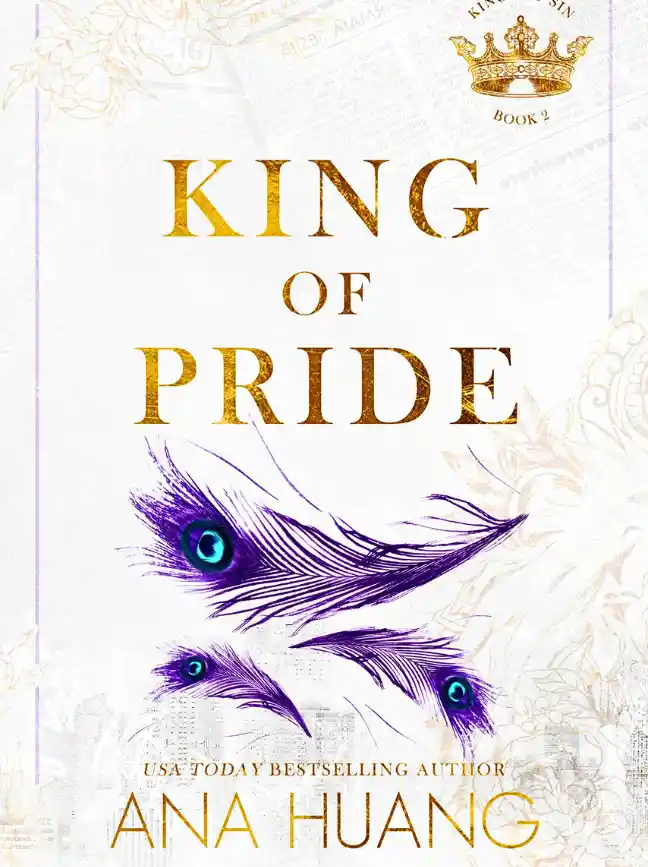I wasn’t sure what I was expecting. Maybe that I would find myself in an immersive VR re-creation of Ninja Princess, similar to the OASIS port of Black Tiger I’d encountered during the contest. Except that the rules of the old contest no longer seemed to fit, not after that flashback of Kira’s life I’d experienced when I touched the First Shard. It was impossible for her to have played a role in all this, I knew that. But what I’d experienced had seemed equally impossible.
When I stepped through the portal, I didn’t find myself inside a videogame, or in a historical simulation of feudal Japan. Instead, I found myself standing in a place I’d visited once before—years ago, during the contest.
Happytime Pizza.
The original Happytime Pizza was a small mom-and-pop pizza parlor and video arcade that had existed in Middletown, Ohio, from 1981 to 1989. Halliday had spent countless hours there during his youth, and he’d recreated it in loving detail inside the OASIS, along with the rest of his hometown, on the planet he’d named after it. But during the contest I’d discovered another instance of Happytime Pizza, hidden in the subterranean videogame museum on the planet Archaide. That was where I’d played my perfect game of Pac-Man and earned the extra life quarter that allowed me to survive the detonation of the Cataclyst on Chthonia.
Given my previous visits to Happytime Pizza, my surroundings should have felt familiar. But it was the opposite, because this time, I was wearing the ONI. This time, I could smell the tomato sauce and burnt pepperoni
grease in the air. I could feel the subtle vibration of the sound system’s speakers through the floorboards, pulsing in time with the bass line as they blasted the song “Obsession” by Animotion. This time, I felt like I was really here, like I’d genuinely traveled back in time to Middletown, Ohio, sometime in the late 1980s.
I was standing just inside the glass double doors that served as Happytime Pizza’s front entrance. Someone had carefully taped sheets of tinfoil over them, to prevent any sunlight from intruding upon the dark neon cave of the game room. I tried to open the doors, but they were locked, apparently from the outside. I peeled back a corner of the foil to peek outside, only to discover that the entire building appeared to be hovering in a pitch-black void. I smoothed the tinfoil back into place, then turned around and did a slow scan of my surroundings.
Happytime Pizza was divided into two halves, the game room and the dining room. But actually they were both game rooms, because all of the tables in the dining room were sit-down cocktail videogame cabinets.
I took a few steps into the dining room to get a better look, and I could feel the soles of my tennis shoes sticking to the dried soda residue on the checkerboard-pattern linoleum floor with each step I took. There were a couple of NPC pizza chefs back in the kitchen, both tossing dough in the air, and they each waved to me in mid-throw. I waved back, and that was when I noticed my right hand. It wasn’t my right hand at all….
I caught a glimpse of my reflection in the two-way mirror adjacent to the manager’s office. I did an involuntary double take. I was no longer my avatar, Parzival. Now I was Kira Underwood, when she was in her late teens, instantly recognizable from the handful of photographs taken of her during her time in Middletown in the late ’80s. I had her adorable pixie haircut, her giant designer prescription eyeglasses (with clip-on, flip-up mirrored sunglasses), and her trademark acid-washed jean jacket, adorned with countless patches, buttons, and pins. I glanced down and took a quick inventory. I also had Kira’s boobs, and her hips, lips, fingertips—all of it. I even pulled my right sleeve to check the back of my forearm and there it was—Kira’s tiny birthmark. The one that distinctly resembled a map of Iceland.
I didn’t just look like her. I was her.
I turned around and walked back toward the game room. As I entered, Rick Springfield’s “Jessie’s Girl” began to play on the new compact disc–powered jukebox standing in the corner—a jukebox that hadn’t been present in the previous iterations of Happytime Pizza I’d visited. It was my first indication that this one was set in a more recent time period than the others—probably somewhere in the fall or winter of 1988 or the spring of ’89, when Kira Underwood had lived in Middletown.
About two dozen videogames were packed into the game room, with about a dozen NPCs spread among them. They were all teenage boys in late-’80s attire, each one standing at a different game. They all had their backs to me, and they continued to keep them that way as I walked past them.
As I made my way to the back of the game room, I spotted the familiar Defender marquee, with the same handwritten note taped to it that I’d seen on my last visit: Beat the owner’s high score and win a free large pizza! But most of the other games I remembered seeing in the Archaide instance of Happytime Pizza had now been replaced with newer titles. Pac-Man, Galaga, and Dig Dug had been swapped out with Golden Axe, Final Fight
—and way at the back, what appeared to be a brand-new Sega Ninja cabinet.
“There it is!” Aech and Shoto shouted. I’d momentarily forgotten that they were monitoring me, and their disembodied voices nearly made me jump out of my skin.
“Thanks, amigos,” I said. “But I saw it too. You’re watching my POV, remember?”
“Right, sorry,” I heard Aech say. “We’re both just a little anxious is all!” “I can relate,” I said, walking over to the Sega Ninja cabinet to size up my opponent. Its illuminated marquee had the word NINJA printed on it in
large stylized yellow and orange letters, with the smaller SEGA logo
underneath it. But on the monitor, the title appeared as SEGA NINJA.
The game’s attract mode cycled between its high-score list, short clips of automated gameplay on different levels, and a brief-but-beautiful piece of 8-bit animation, which showed Princess Kurumi being carried across a bamboo bridge on a palanquin by two masked ninja thugs. In the distance,
beyond fields of red roses and forests of cherry-blossom trees, over a broad blue river, you could see the purple-roofed Kanten Castle, perched high in the clouds, atop a gorgeously rendered snowcapped mountain range that filled the distant horizon. Suddenly, Kurumi leaped out of the palanquin, wearing a fancy red Queen Amidala gown. Then, in a puff of ninja smoke, she changed into more battle-ready attire—a red silk kunoichi—and chased after her former captors, presumably to murder them just offscreen.
I took a quarter out of my inventory and dropped it into the left coin slot. Then I removed my clip-on mirror shades and hung them on top of the game’s marquee. This allowed me to use their lenses as rearview mirrors, providing a wide-angle view of everything behind me. This was a trick I’d learned from Art3mis, during one of our early online pseudo-dates on Archaide. She liked to wear mirror shades back then too. When she was still deep in her Molly Millions phase.
I glanced at the game’s colorful instruction card, located beneath the Plexiglas bezel that encircled the monitor:
Regain the KANTEN CASTLE from the evil hands of the traitor, ZAEMON!! The NINJA group called PUMA is obstructing princess KURUMI’S way!!
Defeat their leader, NINNIKU and proceed to the castle!!
The instructions featured cartoon renderings of Kurumi, the gun-wielding big boss Zaemon, and his blond-haired underling Ninniku, along with a helpful diagram showing what the game’s three control buttons did. One turned the princess invisible for a few seconds, making her immune to attacks. The second made her throw a knife in the direction she was facing at the moment, and the third made her throw a knife in the forward direction only, toward the top of the screen, allowing the player to fire while moving in another direction.
“Umm, Wade? Please tell me you’re not reading the instructions right now,” Shoto said, sounding deeply amused.
“You’ve never played Ninja Princess before, have you?” Aech asked. I sighed. It sounded like Kira Underwood was the one sighing.
“Yes, I have,” I replied. “But only once or twice. Six or seven years ago.”
“Great,” Aech muttered. “This should go well.”
“Relax,” Shoto said. “Sega Ninja is standard run-and-gun fun. I’ll walk you through each of the sixteen levels. Some of them are pretty difficult to clear. But you can handle it.”
“Arigato, Shoto,” I said, as I slapped the Player One button. “Here goes nothing.”
I rested my right hand on the joystick and my left over the three control buttons.
The game began with a brief animation, showing Princess Kurumi changing out of a fancy silk kimono into her red kunoichi garb, as the poorly translated message PRINCESS’ES ADVENTURE STARTS is typed out above her, one letter at a time. Then a familiar warning appeared in the center of the screen: PLAYER 1 START, followed by a rectangular map of the kingdom showing my current position at the bottom, and the route I would have to follow to reach Kanten Castle.
Then the first level or “step” of the game appeared—a sprawling green meadow, covered in patches of colorful flowers and strewn with the occasional tree or giant boulder. My tiny pixelated avatar appeared at the bottom center of the screen, and in that instant I was back in the zone. I wasn’t Kira Morrow, or Parzival, or Wade Watts. The controls became an extension of myself, and I became the vengeful Princess Kurumi, clad in blood-red silk and armed with an infinite supply of throwing knives, intent on reclaiming my stolen kingdom at any cost.
Four blue-clad ninjas in black hoods appeared from the top of the screen and charged toward me. While I was dispatching them with my throwing knives, a fifth ninja clad in gray appeared, descending upon me much more quickly. But I took him down, too, just before he struck me with his sword. Then I began to run forward, toward the top of the screen, dispatching more brightly colored ninjas as soon as they scrolled into view.
Ninja Princess, aka Sega Ninja, turned out to be much more challenging than I anticipated. But once I got a feel for the controls and the gameplay, I
was rockin’ like Dokken—especially when I had Shoto whispering pointers into my ear.
“Just touching an enemy doesn’t kill you in this game,” Shoto said. “They actually have to strike you with their weapon. Ninja Princess was one of the first games to do that. It’s a much better game than Commando, and it was released three months earlier. In fact, I would argue that Ninja Princess is probably the first true run-and-gun game.”
“Unless you count Front Line by Taito,” Aech said. “Released in ’82.”
“I don’t,” Shoto replied. “It only has one level that repeats over and over
—”
“Dude, it’s a game where you have a gun and you run,” Aech replied. “How do—”
“Can you guys debate this subject later, please?” I interjected. “On your own time?”
“Sure, Z,” Shoto replied. “Sorry. Hey! Get that shuriken power-up!”
In the game, I grabbed a small power-up dropped by one of the ninjas I’d slain. As I did, the theme music changed to a more heroic tune, and instead of throwing knives, my character began to hurl giant black shuriken, which could take down multiple enemies in a row, when they were kind enough to line up for me.
When I reached the end of the first level, Zaemon’s golden-haired second-hand man Ninniku appeared and attacked me with a giant boomerang-like weapon. I dodged it, then lined up with Ninniku and began to unload on him with my shuriken.
“Keep shooting him until his hair turns red!” Shoto told me.
I did as he instructed, and after seven or eight hits, Ninniku’s hair turned from blond to red—apparently to indicate his rising anger. Then the gameplay froze and Step 1 ended. The game tallied up my points, along with my total number of shots and hits and my overall hit ratio. The map of the kingdom popped up again, revealing that by clearing the first level, I’d moved slightly closer to the castle at the top. Then the next level began.
Step 2 required me to fight more ninjas while wading through rice paddies. When I battled my way to its end, Ninniku appeared once again, and once again I attacked him until his hair turned red, signaling his defeat.
Shoto continued to coach me, but Aech remained quiet, except to shout warnings or congratulate me on a nice move.
Shoto referred to Step 3 as the “avalanche level,” because it required you to battle ninjas while also dodging giant boulders that were continuously appearing from the top of the screen. It required a completely different strategy from the first two levels, and I lost my first life figuring that out. Then I lost another life during Step 4, where Princess Kurumi spent the entire level fighting off packs of ravenous wolves. It was a truly great game, and it was also kicking my ass. Now I only had one life left, and my confidence started to waver.
I found myself wishing there was a way Shoto could play through the trickier levels for me, but that was impossible. Tricks like hacked OASIS haptic rigs and illegal software, which had allowed Sorrento to take control of any of the avatars under his command, were obsolete now. None of them worked with ONI headset technology. I was on my own.
Thankfully, I hit my stride again during the next level, Step 5, which was set in a dense forest of bulbous 8-bit trees, concealing wave after wave of what Shoto referred to as “Keebler Ninjas.” I managed to earn back one of the lives I’d lost.
Step 6 was set on a roaring river, which the player had to cross by leaping from log to log like in Frogger, while battling more ninjas along the way. When I reached the other side, Ninniku appeared once again, hurling his boomerang at me from the riverbank until I landed enough hits to defeat him.
As I played, I noticed something odd about the music playing on the arcade’s jukebox. The same three songs kept playing, over and over. “Obsession” by Animotion, then “Jessie’s Girl” by Rick Springfield, followed by “My Best Friend’s Girl” by the Cars. It was easy to see the connection. All of these songs could’ve been about Halliday’s obsession with Kira—his best friend’s girl. And, I realized, I could be reliving the moment his obsession began.
I pulled my mind back to the game. I was now in the seventh stage, which took place in the streets of the village outside the castle walls. Shoto referred to the oddly dressed enemies I encountered here as “Pastel Ninjas,” because many of them appeared to be wearing turquoise tunics and pink
pantaloons. I had to battle several “Clown Samurai” who wore red-striped Hammer pants that made them look like walking circus tents with swords. Once I defeated all of them, I cleared that level too. Seven down. Nine to go. Almost halfway there…
Shoto referred to Step 8 as the “stampede stage,” because you spent the entire level trying not to get trampled by an endless string of horses stampeding across the screen, while fighting off more Pastel Ninjas, who miraculously never seemed to get trampled even once. The lucky bastards.
At some point, a small crowd of onlookers began to form around me— the NPCs who’d been playing on the other machines, I assumed. And the longer I played, the bigger the crowd sounded. I didn’t turn around to do a head count, but I caught brief, warped glimpses of them in the lenses of my mirror shades, during the pause in gameplay at the end of each level, when my score and hit count was tallied and I was given a brief view of my progress toward the castle on the map. I tried to put them out of my mind, too, so that I could remain focused on the task at hand.
Ninja Princess was a strangely nonviolent action game. There was no blood or gore in it at all. Or killing. When Princess Kurumi got hit, she would just fall down and cry. The Puma Ninja clan members and bosses didn’t collapse and die when they were dispatched. They just vanished in a puff of smoke. When I asked Shoto about it, he told me it was a conscious choice by the game’s creators, to promote pacifism and nonviolence.
“Wow,” Aech said. “A nonviolent game about killing people with knives. Genius.”
“Shh!” Shoto whispered. “Let the man concentrate!”
I made it to Step 9, which was a battle through the stone courtyard surrounding Kanten Castle’s outermost wall, followed by Step 10, which required you to scale that wall while fighting off dozens of expert-climber “Spider Ninjas.”
Step 11 required me to fight my way down a lone stone walkway through the castle grounds. Step 12 was another wall-scaling level, identical to Step 10, but with the color scheme changed. When I reached the top of this second wall, I faced Ninniku one final time, dispatching him for good.
“Boom!” Shoto shouted triumphantly as I completed the level. “You took out Ninniku! You’re almost to the castle!”
Shoto was right. Step 13 required me to fight my way through more ninjas and samurai, making my way up a long stone path that led to the castle steps. When I reached those steps, the main villain, Zaemon Gyokuro, finally appeared and started shooting at me with a pair of ball-and-shot pistols. When I managed to hit him enough times, the level ended. And then I finally made it back into Kanten Castle—my former home, now overrun with usurping Pastel Ninja dipshits.
Step 14 required me to battle my way into the castle, by running under ladder walkways suspended on pylons before I had to fight Zaemon once again. Then I continued on to Step 15, where I had to make my way into the castle’s inner chambers, through a series of washitsu, Japanese-style rooms with walls made of translucent paper.
When at last I reached Step 16, I finally got to face off with Zaemon and his minions in the castle throne room. I lunged forward into the final boss battle, with Aech and Shoto both shouting advice in my ear and cheering me on, like my own personal Mickey Goldmill and Paulie Pennino.
Luckily I’d picked up a few more lives in the last ten levels, because it took all of them to defeat Zaemon. Finally, I had reached the end of the game. But it was a strange ending. Even though they were supposed to be dead, Ninniku and Zaemon both reappeared, standing on a stage inside the castle alongside Princess Kurumi herself. Shoto told us the game’s lead designer, Yoshiki Kawasaki, had chosen this ending to imply that the events depicted in the game were just a stage play that had been acted out for the player’s benefit. No one had actually been hurt.
After the game’s characters finished their curtain call, the following text appeared on the screen:
CONGRATULATIONS!
THE PRINCESS HAS COMPLETED HER ADVENTURE AND REGAINED THE KANTEN CASTLE
A huge cheer erupted from the boys gathered around me, but I didn’t turn around right away. I still had one life remaining, so the game had started over again at the beginning of the first level, and I kept playing to see if Kurumi’s “imposter” was going to appear. After a minute of nothing more than the familiar color-blind ninjas, I let my one remaining life expire. GAME OVER appeared on the screen and I was prompted to enter my initials for the high-score list. I started to put in my own out of habit, but then I remembered who I was supposed to be and entered “K.R.U.” instead, for Karen Rosalind Underwood.
When the list of high scores appeared, I discovered that my score of 365,800 points put me only in second place on the list of “specialists.” The person in first had racked up a score of 550,750, outscoring me by over 200,000 points. They appeared to be sharper than me, too, because they’d entered the initials “K.R.A.” beside their score—the three-letter signature Kira Underwood had used on videogame high-score lists, instead of her initials. I’d failed to recall this obscure piece of trivia until I saw it in front of me. But my predecessor had not.
That was when I realized I was looking at Ogden Morrow’s score. Which made perfect sense. Og had completed this challenge earlier today. Just a few hours ago. And judging by his score, he was much better at Ninja Princess than I would ever be. Either that, or he’d kept on playing after he beat the final level and the game started over at the beginning again, to rack up those extra points. But why would he do that? Was he trying to match Kira’s real high score? Had I just screwed up somehow?
I snapped a screenshot of the high-score list so that I could examine it later. Then I felt someone tap me on the shoulder and nearly jumped out of my skin.
I turned to see a young Ogden Morrow smiling at me.








